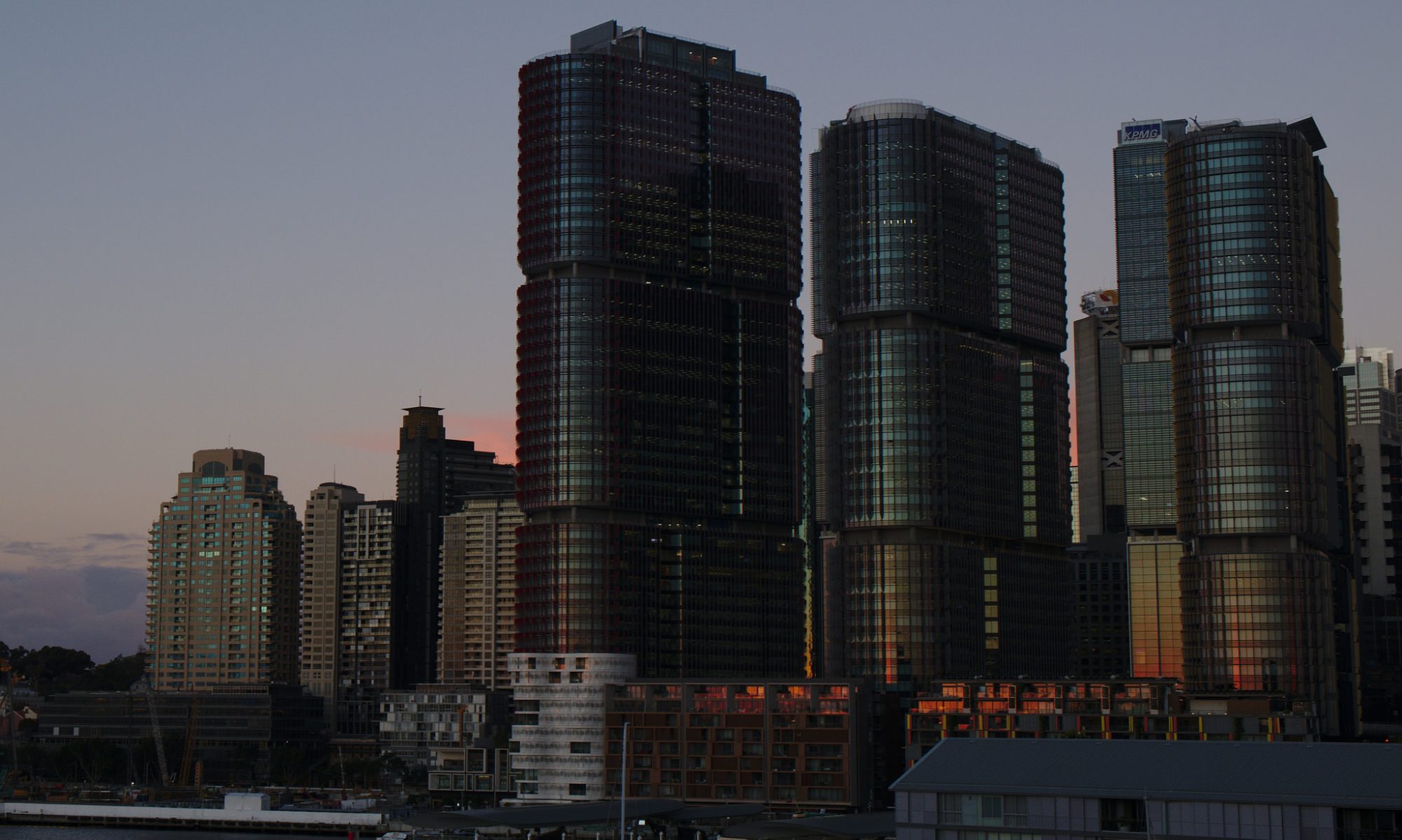Originally posted on hachyderm.io, posted here with minor edits.
I release a lot of my photos under the Creative Commons Attribution licence. It’s fun to see which of them have popped up on Wikipedia and other Wikimedia projects, although it doesn’t line up with my favourites among my own photographs.
Wikipedia: Crown Sydney and a few variants in other languages make heavy use of photographs I took of the Crown Sydney construction site, or at least of its surroundings. (Most of them are cropped down to the construction site by the editors.)



This photograph of the Eastern Suburbs viaduct is used in two articles related to it, Wikipedia: Eastern Suburbs & Illawarra Line and Wikipedia: Eastern Suburbs railway line:

This, cropped and brightened by a Commons editor, is used on the Wikipedia: New South Wales Rural Fire Service article. Not discussed in the article: that truck is delivering Fire Santa, who visits kids at farm gates in the leadup to Christmas.

The next two are I think the only two I have inserted myself, and appear in Wikipedia: Raging Waters Sydney. At the time I took them, the only Commons photographs of Raging Waters (then Wet ‘n’ Wild) were during construction, so I took a camera there to photograph the completed rides for Wikipedia. The first of the two also appears in Wikipedia: 2013 in amusement parks.


This photograph is used on the Ukrainian language article about Bay Area Rapid Transit (Wikipedia: Метрополітен Затоки Сан-Франциско):

I extensively photographed the University of Sydney jacaranda a few years before it blew over, and this one appears on both the English and German articles about the tree (Wikipedia: Jacaranda, University of Sydney). It’s something of an exception to the “my faves don’t appear on Wikipedia” experience, I do like this series.

A cropped version of this photograph from a plane is used in both Wikipedia: Sierra Point (Brisbane) and Wikipedia: Dakin Building, neither of which I could have told you anything about when I saw them from a window seat in 2016.

Finally, it is honestly quite an honour to have this used in Wikipedia: Sydney Harbour Bridge, in both the English and Spanish articles:

Quite a few other photos of mine have been uploaded to Wikimedia Commons, although not used in articles. All of my Creative Commons licenced photography (around 4000 photographs) can be found via this Flickr search.
